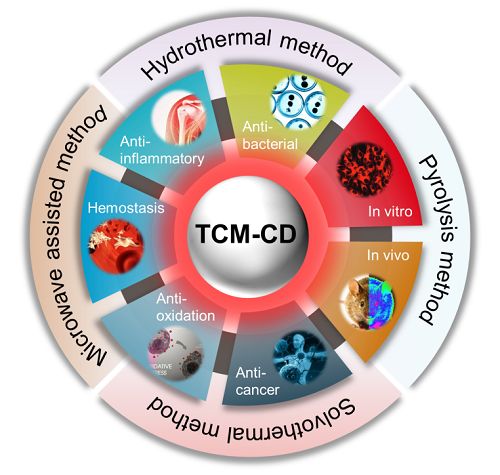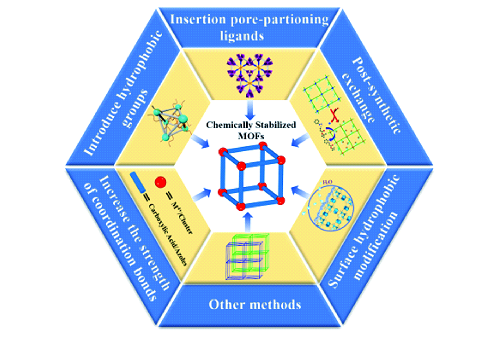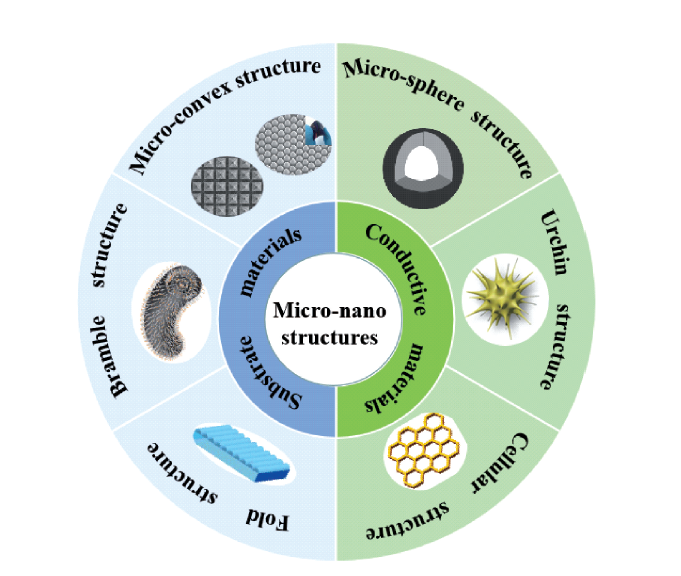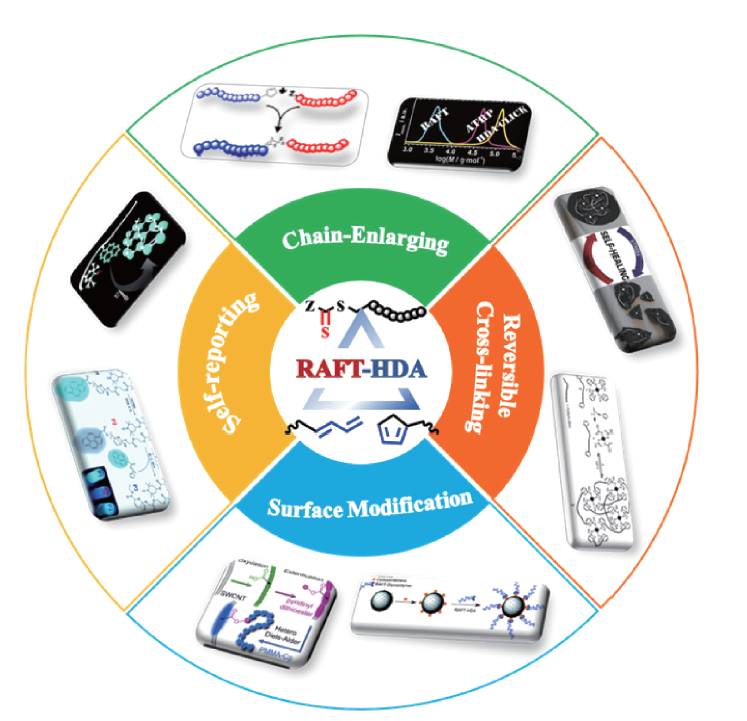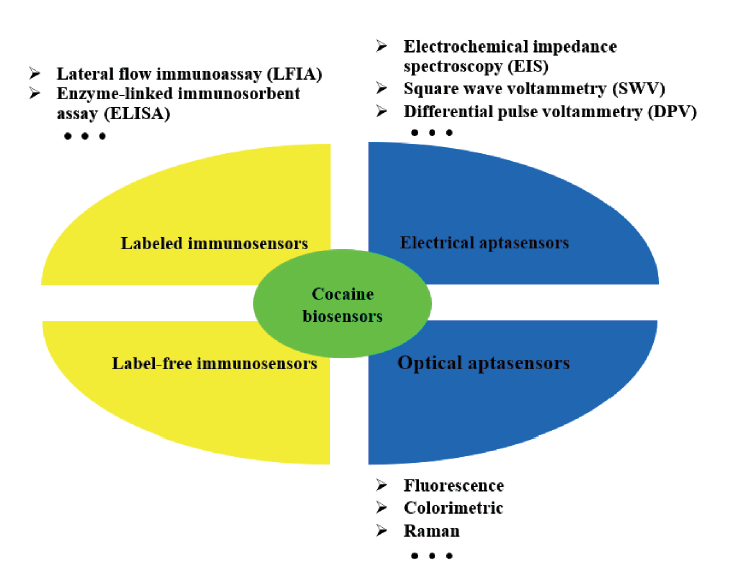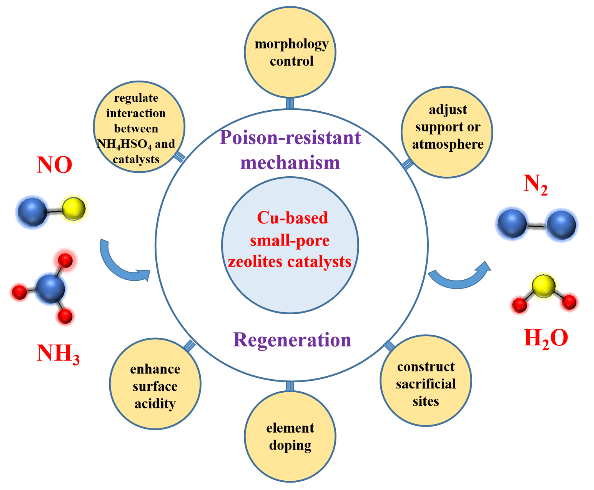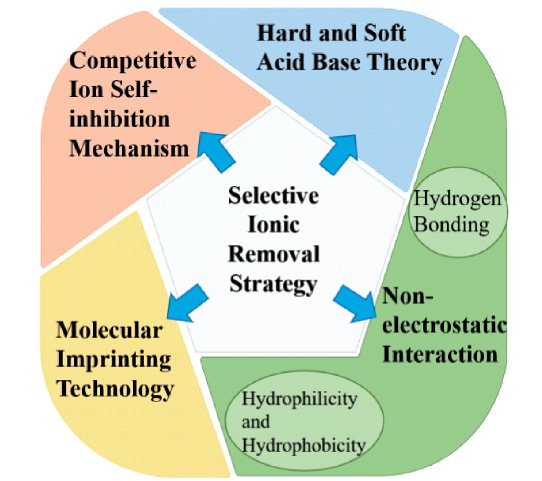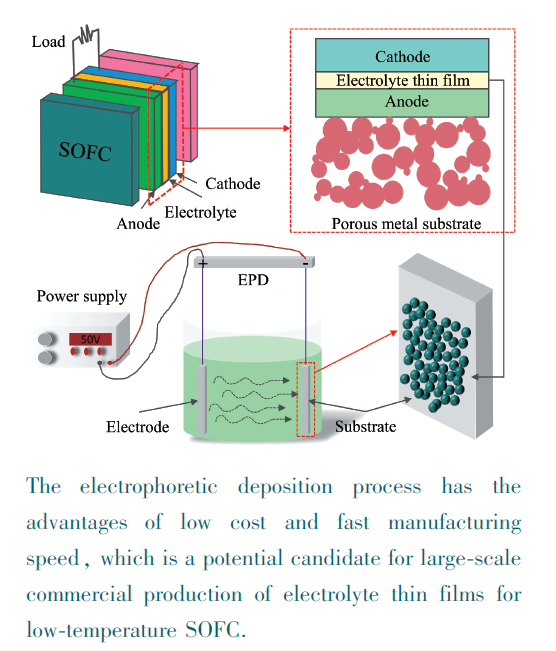Jing He, Jia Chen, Hongdeng Qiu. Synthesis of Traditional Chinese Medicines-Derived Carbon Dots for Bioimaging and Therapeutics[J]. Progress in Chemistry, 2023, 35(5): 655-682.
Carbon dots (CDs), with particle size less than 10 nm, are a new type of zero-dimensional photoluminescence nanomaterials. Due to the obvious advantages of adjustable fluorescence emission and excitation wavelength, light stability, low toxicity, good water solubility and biocompatibility, etc., CDs have been widely researched in recent years. As a treasure of ancient Chinese science, Traditional Chinese medicine (TCM) is rich in various active ingredients and plays a variety of pharmacodynamic effects, which has been used for thousands of years. TCM-CDs prepared with TCM as carbon source can create some special functions, and then may play a greater medicinal value. In this paper, the synthesis of TCM-CDs and its application in biological imaging and medical therapy are reviewed. Firstly, different synthetic methods of TCM-CDs (including hydrothermal, pyrolysis, solvothermal and microwave assisted method) are introduced in detail, and their advantages and disadvantages are compared. Subsequently, the latest research on TCM-CDs in biological imaging and medical treatment is comprehensively analyzed. This paper focuses on the application of imaging different types of cells in vitro and the distribution and uptake of TCM-CDs guided by imaging in vivo (mice, zebrafish, etc.). In addition, the intrinsic pharmacological activities of these TCM-CDs (including antibacterial, anti-inflammatory, hemostatic, antioxidant and anticancer, etc.) and their mechanisms are also discussed in order to improve and promote their clinical application. Finally, the importance of TCM-CDs research, the main problems and challenges in this fields and the future development direction are summarized and outlooked.
1 Introduction
2 Synthetic method of TCM-CDs
2.1 Hydrothermal method
2.2 Pyrolysis method
2.3 Solvothermal method
2.4 Microwave assisted method
3 Application of TCM-CDs in bioimaging
3.1 In vitro imaging
3.2 In vivo imaging
4 Application of TCM-CDs in therapeutics
4.1 Anti-bacterial
4.2 Anti-inflammatory
4.3 Hemostasis
4.4 Anti-oxidation
4.5 Anti-cancer
4.6 Other therapeutic effects
5 Conclusion and outlook









